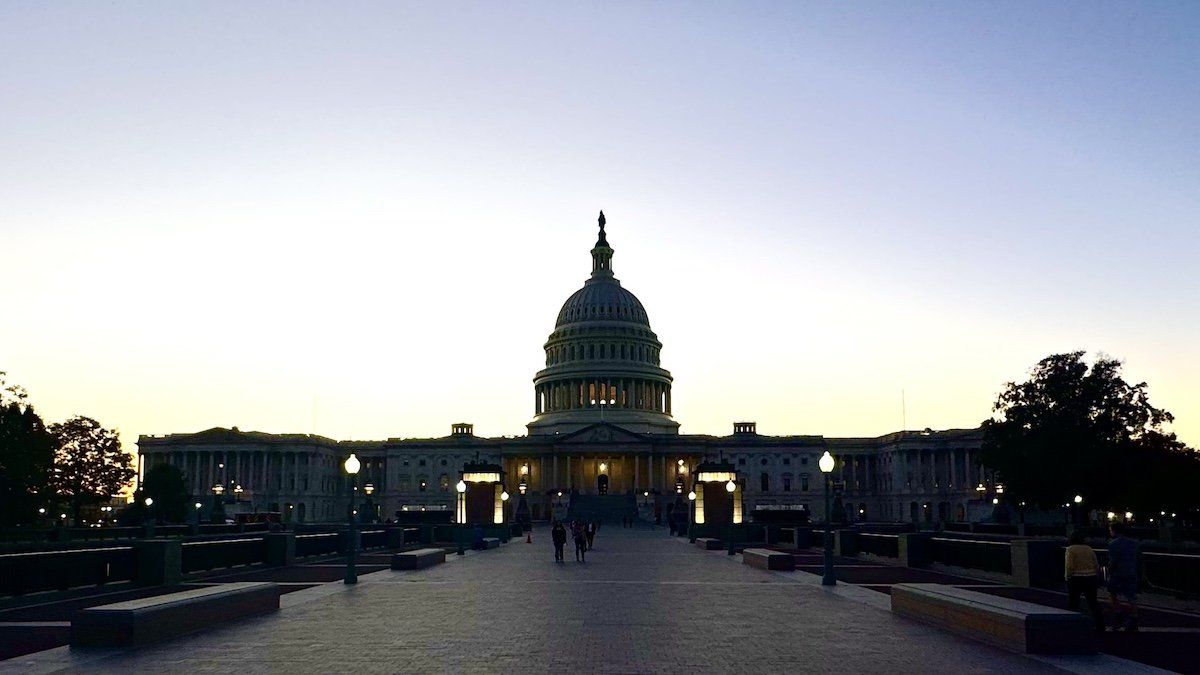Republicans reclaim Senate control, with a unified government in reach
As projected, Republicans have won back control of the Senate, largely thanks to Democrats vacating seats in the red states of Ohio, Montana, and West Virginia. The victory gives them the power over nominations of judges and heads of the federal bureaucracy, as well as the ability to control legislation – positioning them to be a boon to Donald Trump’s policy goals.
Their victory comes as the GOP’s longtime leader in the Senate, Mitch McConnell, 82, steps down. Republicans are expected to hold elections for new leadership next week.
If current trends hold, Republicans look set to flip Senate seats in West Virginia, Ohio, Montana, and Pennsylvania, with Nevada still too close to call, giving them a firm 53- to 54-seat majority in Congress. Democrats never had much hope of holding on to West Virginia or Montana, meaning they knew they would likely lose the chamber. But depending on the final counts in the swing states of Nevada and Pennsylvania, President-elect Donald Trump’s party could have a comfortable margin.
With four Senate races still to call, the size of the GOP’s majority will matter greatly, especially since Republicans like Sens. Susan Collins of Maine and Lisa Murkowski of Alaska regularly break party lines.
Interestingly, as of the time of writing, Democratic Senate candidates are leading in Arizona, Nevada (slightly), and Wisconsin, and won in Michigan, all states that Trump won on the presidential level. If they all squeak out wins, and independent Sen. Angus King holds on to his seat in Maine, Democrats will have 47 seats — enough to filibuster comfortably and stymie some GOP legislation.
That becomes especially important if the GOP also wins the House, where they currently have the lead with 206 seats against the Democrats’ 191, with 38 races yet to be called.
